Taste characteristics of Guatemalan coffee bean producing area description of flavor of Guatemalan hand-made coffee
Hi, meet you again, this issue takes us into the mysterious Mayan residence, one of the ancient Indian Mayan cultural centers, giving birth to the Mayan civilization, as well as the wisdom of delicious coffee-Guatemala.
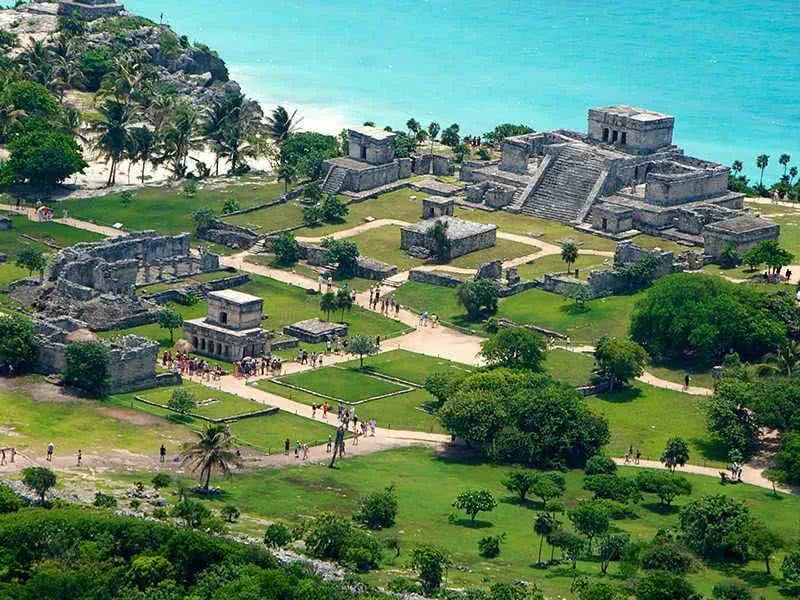
(ruins of Mayan Civilization)
The Republic of Guatemala, located in North and South America, has a land area of about 108899 square kilometers, of which mountain forests account for 2/3 of the country's area and are rich in high-quality coffee beans.
The territorial characteristics of Guatemala can be divided into plateau volcanoes, lowland tropical forests, volcanic sandy shore plains along the Pacific coast, and land along the Caribbean Sea. The SierraMadre Mountains of Central America, which straddles Guatemala from east to west, covers an area of about 2GP3 and has 34 volcanoes. In this country, rivers and lakes dot the landscape, while equatorial forests and plain jungles cover the land, and the Pacific and Caribbean coasts have untapped volcanic beaches.
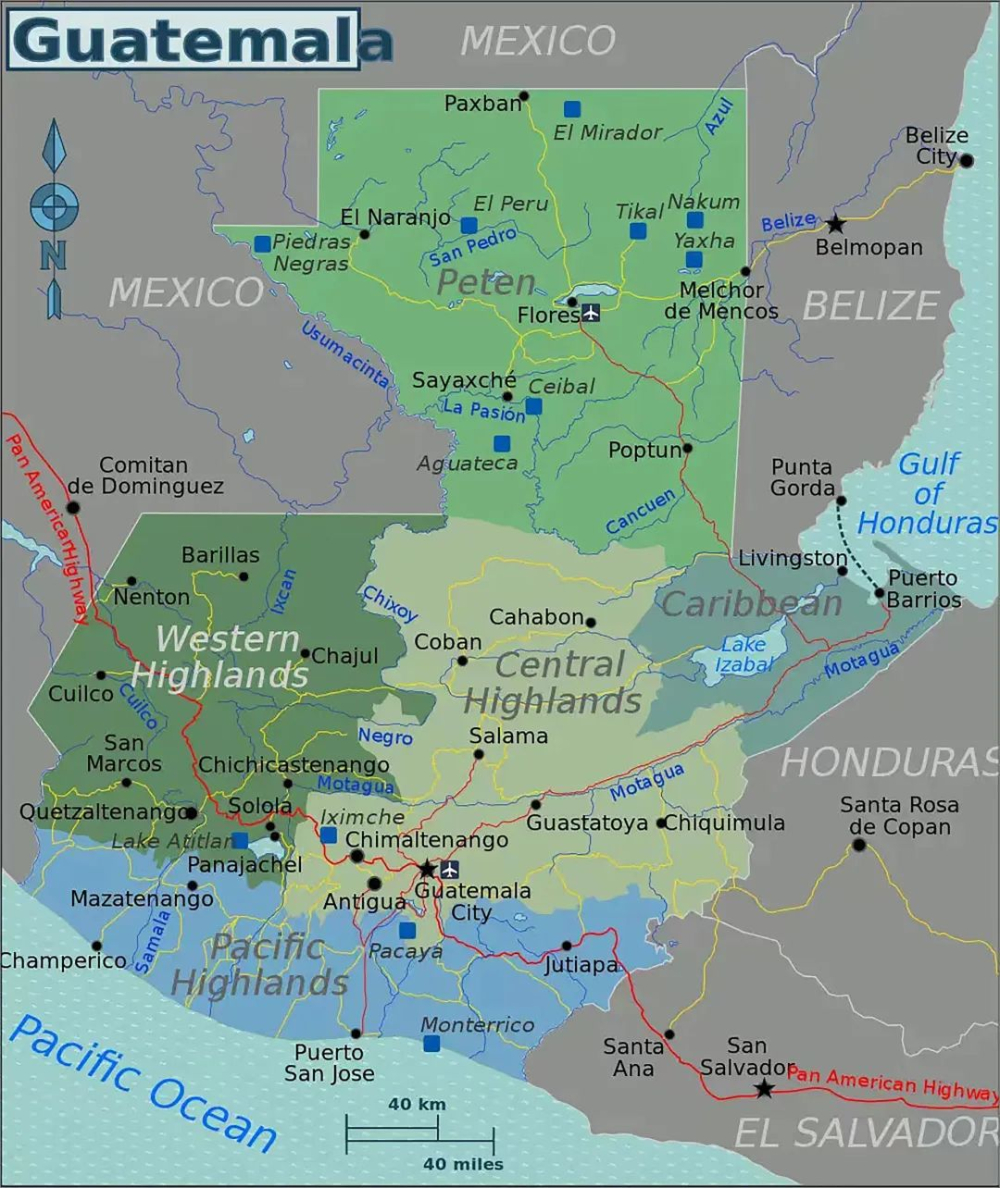
Guatemala is bordered by Mexico to the north, Honduras and El Salvador to the south, the Caribbean to the east and the Pacific Ocean to the west, surrounded by mountains and seas, with tropical rain forests, volcanic geology, plateau valleys and ever-changing microclimate. Agriculture is the main source of economy, and the main agricultural product is coffee. Guatemalan coffee once enjoyed a reputation as the best quality coffee in the world. The coffee beans here are full of grains and delicious and balanced.
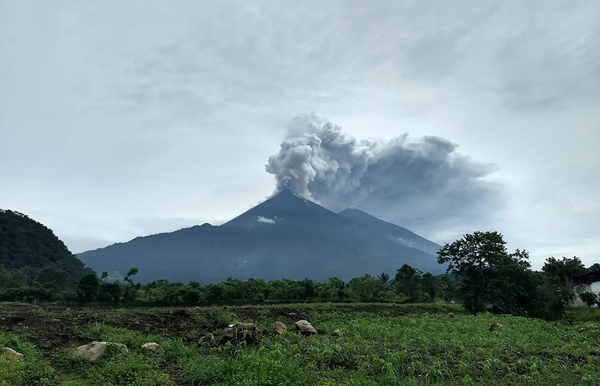
(scene of volcanic eruption)
There are few places in the world that offer a variety of high-quality coffee beans like those produced in Guatemala. Guatemalan coffee beans are famous for their elegant, sour, clean, well-structured, sour apple, berry, jasmine, orange peel, green pepper, sweet and sour fruit, sweet chocolate, and even smoky aftertaste. Such a rich regional flavor can be attributed to the unique natural conditions of the producing area, including different climate changes in each region, rich soil formed by volcanoes, abundant natural water resources, high-altitude mountains and shady forests.
Coffee was really introduced into Guatemala in 1750 by Father Jesuit, and the coffee industry was developed by German colonists at the end of the 19th century.
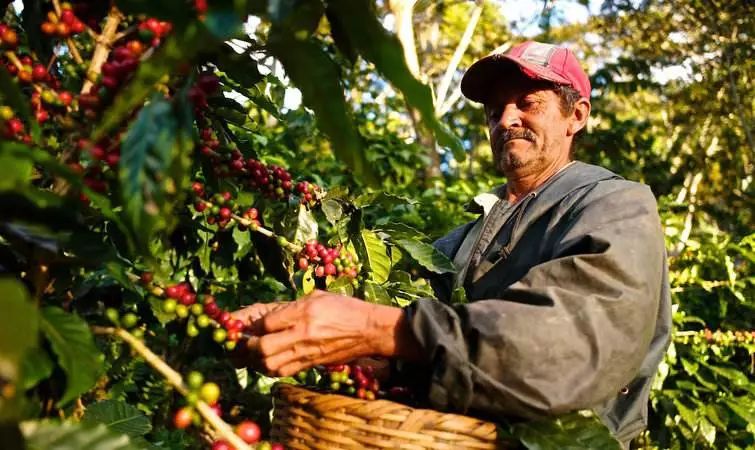
(harvested coffee berries)
Guatemala has seven main coffee producing areas: Antigua, Coban, Atitlan, Huehuetenango, Fraijanes, Oriente, and San Marcos.
The four producing areas of Antigua, Attland, San Marco and Freihanes belong to volcanic geology. In addition, Koban and Weitnango, the three producing areas of New Oriental, belong to the climate of non-volcanic highlands or tropical rain forests. Guatemala is home to more than 300 microclimates, making it the largest in the world.
(a maiden in a coffee plantation)
The flavor of coffee produced in different areas is different, but to sum up, Guatemalan coffee shows a mild and mellow overall texture, elegant aroma and special and pleasant acidity similar to fruit acid, so it has become an aristocrat in coffee, among which Antigua Classic Coffee (AntiguaClassic) has been recommended by coffee connoisseurs all over the world.
Next, we will make a detailed introduction to the famous Antigua producing area.
Antigua is the oldest and most beautiful city in America. As early as 1543, Antigua was the capital of all colonial times in Central America, and the Government House of Spain was also set up here. After the great earthquake of 1773, the whole city of Antigua was destroyed and the capital was moved to Guatemala City. Antigua is about 40 kilometers west of Guatemala City. Colonial buildings were damaged by the earthquake, and the whole remains after the earthquake is a living museum of history.
(beauty of the city of Antigua)
Now Antigua (Antigua) is a famous producer of coffee, rich volcanic soil, low humidity, strong sunlight and cool night breeze are the characteristics of Antigua. Three spectacular active volcanoes ── Agua, Acatenango and Fuego form a beautiful valley. Fuego active volcano also adds misty dust from time to time. Every 30 years or so, the area near Antigua is hit by a volcanic eruption, which provides more nitrogen to the already fertile land, and plenty of rainfall and sunlight make the place more suitable for growing coffee.
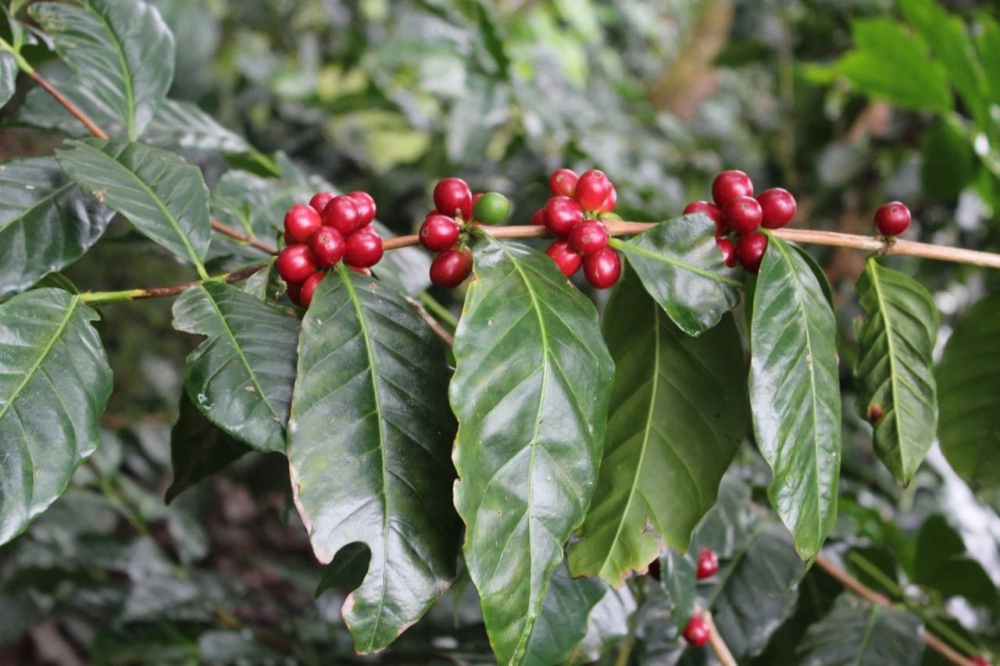
Antigua coffee is produced in Camana Manor, where the best quality coffee is ELPulcal, which is not only of good quality, but also, when compared with other Latin American coffees, this coffee is quite complete, rich and astonishing, and you will find it unexpected if you enjoy it with chocolate. The most important thing is that it has a very rich flavor and a richer taste, and it has a fascinating taste of tobacco and is known as the "most perfect coffee bean".
Another old coffee estate worth mentioning in Guatemala is the Graft Manor (El Injerto) in the northwestern Vettenango region, or translated as Incht Manor. The name of the grafted manor is strange, and its name comes from the founder Aguiri. Jesus Aguirre Panama worried that the coffee seed breeding variety would change the characteristics of the original coffee variety, so he used grafting method to breed pure bourbon varieties to ensure the quality of coffee. However, at the beginning, it was proud of the purebred bourbon, but today's grafted regiment is valued by the hybrid Pacamara.
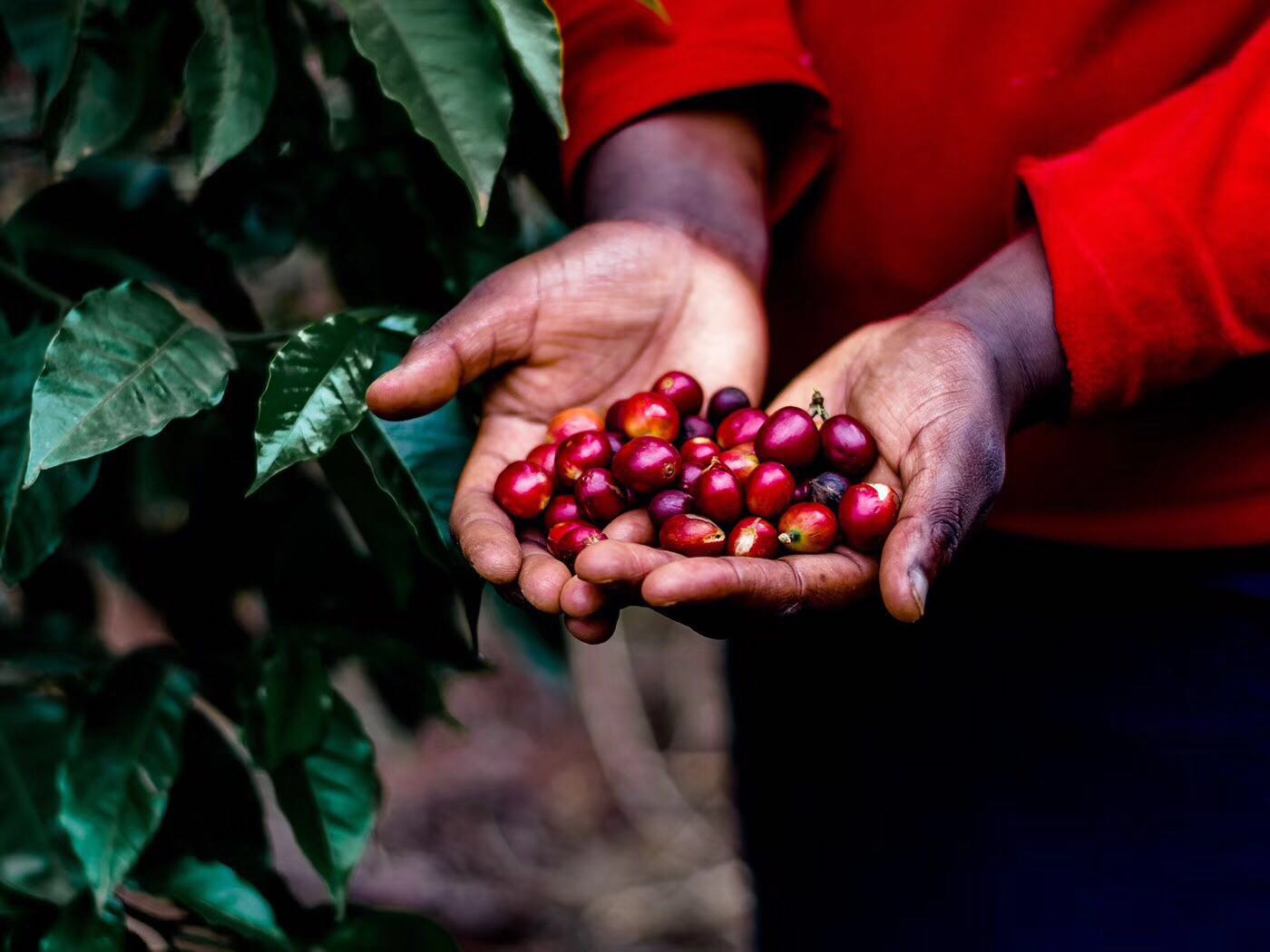
(coffee farmers pick coffee fruits by hand)
The varieties of Pacamara coffee beans cultivated by the grafted manor are planted at a high altitude of more than 1600 meters, which is as famous as the rosy summer of the Emerald Manor in Panama. Pacamara coffee with rich and varied flavor, round and smooth taste. From 2008 to 2010, he won the "extraordinary Cup" Cup test championship in Guatemala. Pacamara Champion beans, which took over the estate in 2008, created an auction price of US $80.2 per pound, causing a sensation in the coffee world.
At present, some of the best quality coffee from Guatemala is exported to Japan. In order to revitalize its coffee industry, Guatemala has specially set up a special coffee association and gives maximum funding and attention to these high-quality coffees. these efforts will soon bear fruit, and the real beneficiaries are not only coffee growers, but also coffee lovers all over the world.
Although this emerald valley has been surrounded by dangerous active volcanoes in all directions since ancient times, its vast, broad and fertile soil still tempts local coffee growers to cultivate quality coffee. They, on the other hand, prefer to be called the Mayan descendants of coffee growers.
Qianjie Coffee has a coffee bean from Antigua, which has a very clean citrus and honey flavor and retains the smoky feeling unique to Guatemala. It is the Flower God coffee bean from Raminita Manor.
Suggestion on brewing coffee in Qianjie
The recommended way of coffee in front street: hand flushing
Recommended parameters for hand punching
Filter cup: V60
Water temperature: 91 ℃
Amount of powder: 15g
Powder / water ratio: 1:15
Degree of grinding: 20 standard screen pass rate 80%
Baristas in front street are used to using three-stage water injection techniques:
In the first stage, 30 grams of water is injected for 30 seconds, followed by 95 grams (about 125 grams indicated by the electronic scale). The injection is completed in about 1 minute, and the remaining 100 grams are injected at 3 places in the powder layer (about 225 grams shown by the electronic scale) in about 1 minute and 35 seconds. 2: 10 "trickling is completed, remove the filter cup and complete the extraction.
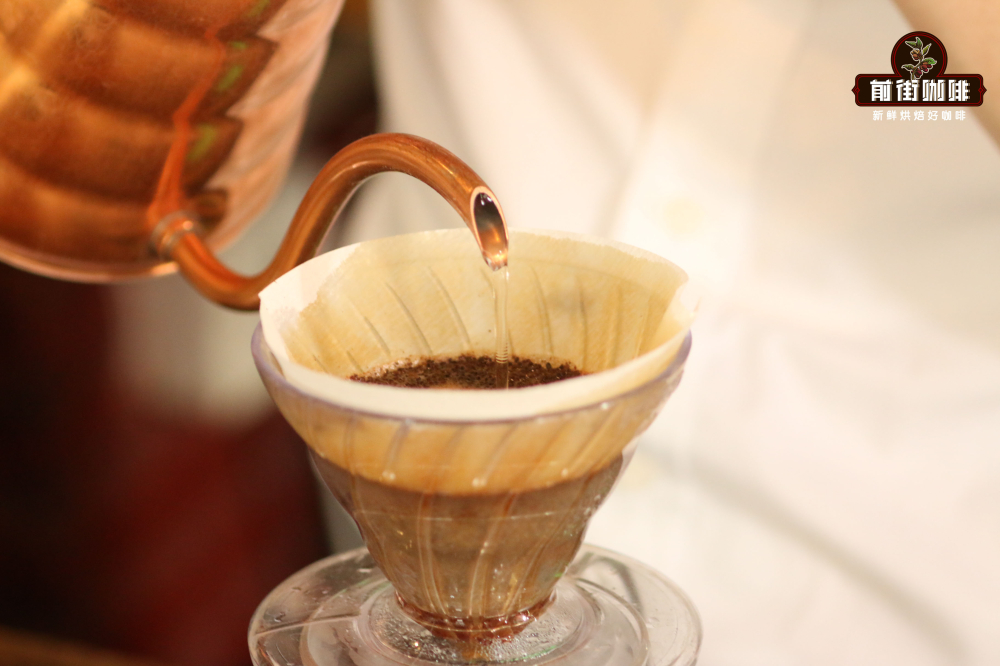
Professional coffee knowledge exchange more coffee bean information please follow the coffee workshop (Wechat official account cafe_style)
For more boutique coffee beans, please add private Qianjie coffee on Wechat. WeChat account: qjcoffeex
Important Notice :
前街咖啡 FrontStreet Coffee has moved to new addredd:
FrontStreet Coffee Address: 315,Donghua East Road,GuangZhou
Tel:020 38364473
- Prev
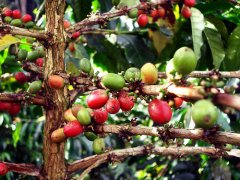
Fine coffee from Gemma in the southwest of Harald and Sidamo in the south
Boutique coffee (specialty coffee) is also called specialty coffee selection coffee. It refers to coffee made from a small number of raw beans with excellent taste grown in an ideal geographical environment. Depending on the special soil and climatic conditions in which they grow, they have outstanding flavor. After strict selection and classification, this kind of coffee is hard in texture, rich in taste and stylish.
- Next
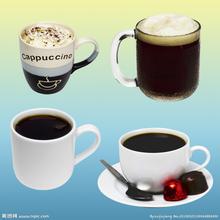
Introduction to Papua New Guinea, which is varied, rich in taste and full of particles.
After 1991, the quality gradually declined, and then the European market was lost.
Related
- Does Rose Summer choose Blue, Green or Red? Detailed explanation of Rose Summer Coffee plots and Classification in Panamanian Jade Manor
- What is the difference between the origin, producing area, processing plant, cooperative and manor of coffee beans?
- How fine does the espresso powder fit? how to grind the espresso?
- Sca coffee roasting degree color card coffee roasting degree 8 roasting color values what do you mean?
- The practice of lattes: how to make lattes at home
- Introduction to Indonesian Fine Coffee beans-- Java Coffee producing area of Indonesian Arabica Coffee
- How much will the flavor of light and medium roasted rose summer be expressed? What baking level is rose summer suitable for?
- Introduction to the characteristics of washing, sun-drying or wet-planing coffee commonly used in Mantenin, Indonesia
- Price characteristics of Arabica Coffee Bean Starbucks introduction to Manning Coffee Bean Taste producing area Variety Manor
- What is the authentic Yega flavor? What are the flavor characteristics of the really excellent Yejasuffi coffee beans?

